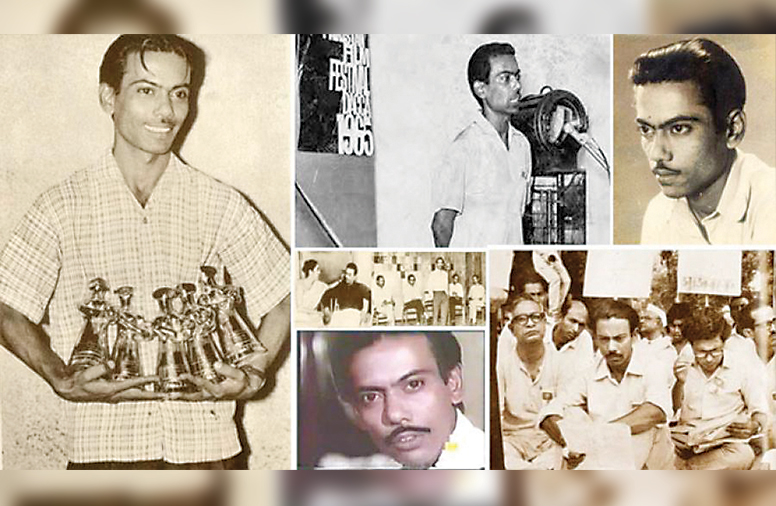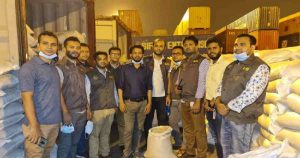Culture Desk
Late eminent filmmaker-freedom fighter Zahir Raihan was not only a prominent filmmaker but also a major novelist who depicted sufferings of the marginalised in society, said speakers at a programme which was held at International Digital Cultural Archive Room of Bangladesh Shilpakala Academy, Segunbagicha in the city recently.Moviyana Film Society organised the programme marking Zahir Raihan’s 48th disappearance day. The programme featured screening of Zahir Raihan’s film ‘Kokhono Asheni’, discussion on his life and works.
Moviyana Film Society president Balayat Hossain Mamun delivered the Zahir Raihan Memorial Lecture while film researcher and writer Anupam Hayat, journalist Rafiquzzaman, journalist-film critic Mahmuda Chowdhury spoke at the programme.
Zahir Raihan was born on August 19, 1935. He disappeared on January 30, 1972 while trying to locate his brother Shahidullah Kaiser, who was last seen in December 1971.
Raihan was born in Majupur village, in the then Feni Mahakuma under Noakhali District. After the Partition of Bengal in 1947, he, along with his parents, returned to his village from Calcutta. He obtained his bachelor’s in Bengali from the University of Dhaka.
Besides directing acclaimed films like ‘Kokhono Asheni’, ‘Kancher Deyal’, ‘Agun Niye Khela’, ‘Jibon Theke Neya’ and others, Raihan penned popular novels including ‘Shesh Bikeler Meye’, ‘Trishna’, ‘Hajar Bachhar Dhare’, ‘Arek Phalgun’, ‘Baraf Gala Nadi’ and others, short stories namely ‘Sonar Harin’, ‘Samayer Prayojane’, ‘Ekti Jigyasa’, ‘Harano Belay’, ‘Badh’, ‘Suryagrahan’, ‘Naya Pattan’, ‘Bhangachora’, ‘Aparadh’, ‘Swikriti’, ‘Ati Parichito’ and others.
Raihan received his post graduate degree in Bengali literature. Along with literary works, Raihan started working as a journalist when he joined Juger Alo in 1950. Later he also worked in newspapers, namely Khapchhara, Jantrik, and Cinema. He also worked as the editor of Probaho in 1956.
His first collection of short stories, titled Suryagrahan, was published in 1955. He worked as an assistant director on the Urdu film Jago Hua Savera in 1957. This was his first direct involvement in film. He also assisted Salahuddin in the film Je Nadi Marupathe. The filmmaker Ehtesham also employed him on his film E Desh Tomar Amar, for which he wrote the title song. In 1960, he made his directorial début with his film Kokhono Asheni, which was released in 1961. In 1964, he made Pakistan’s first colour film, Sangam, and completed his first Cinema Scope film, Bahana, the following year.Raihan was an active supporter of the Language Movement of 1952 and was present at the historical meeting of Amtala on February 21 in 1952. The effect of the Language Movement was so strong on him that he used it as the premise of his landmark film Jibon Theke Neya. He also took part in the 1969 Mass uprising in East Pakistan. In 1971 he joined in the Liberation War of Bangladesh and created documentary films on the subject. During the Liberation War, Raihan went to Calcutta, where his film Jibon Theke Neya was shown. His film was highly acclaimed by Satyajit Ray, Mrinal Sen, Tapan Sinha and Ritwik Ghatak. Though he was in financial difficulties at the time, he gave all his money from the Calcutta showing to the Freedom Fighters trust.




